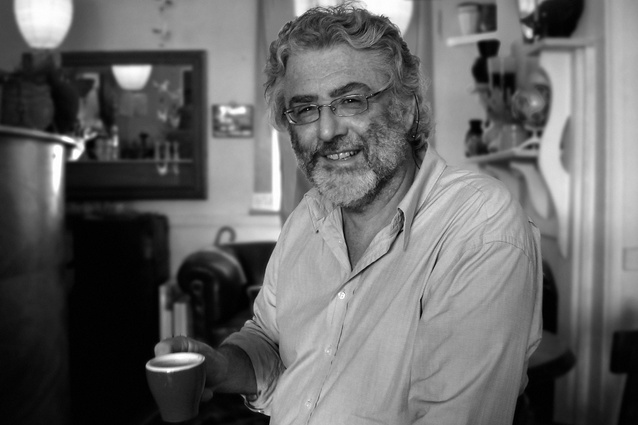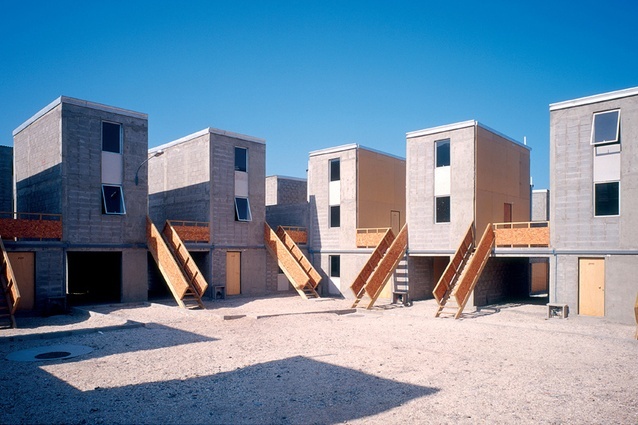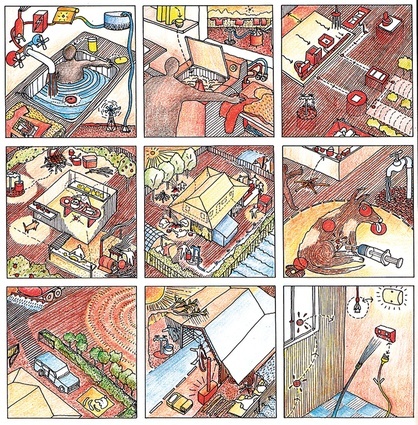What does it mean to be a “good architect”?
“Paul Pholeros was the kind of architect we all could be if we had the courage.” – Stuart Harrison, Twitter
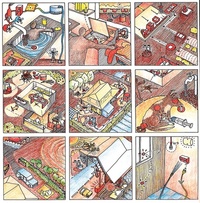
The tragic passing of Paul Pholeros earlier this month has made me think hard about the point of architecture. What does it mean to be a good architect? And what does it mean to use architecture for good? Confusingly, in architecture, these are two very different propositions. Being good, as measured by the criteria of the profession, rarely has anything to do with doing good.
Pholeros used architecture for good. Working largely with indigenous communities, he took on the hardest problems, with the greatest enthusiasm, on behalf of those who had the least. Writing in Architecture Australia in 2008, he states the simple aim of his work as “to improve living conditions.” Achieving this aim demanded housing that satisfies things we would take for granted: “the ability to wash children, wash clothes and bedding, remove waste water safely, improve nutrition, reduce the negative impacts of crowding, reduce the negative impacts of insects and animals, control dust, control temperature and reduce minor trauma.”
Pholeros’ organisation Healthhabitat has surveyed and conducted repairs on more than 7,500 houses across Australia since 1999. It’s an incredible contribution. For him, architecture, or good design, is not a luxury to be enjoyed by the few, but a right to be demanded by all. Pholeros wasn’t interested in the traditional metrics of being a good architect. He wasn’t interested in formal invention, in being published, in winning awards – although he won many – or in attracting prestigious clients. What mattered was improving the lives of those communities he served, one house at a time.
Sometimes “being good” and “doing good” converge, such as with the awarding of the Pritzker Prize to Alejandro Aravena this year. The jury citation notes his “ability to connect social responsibility, economic demands, design of human habitat and the city” as the reason for the award, and in particular, “his commitment to social housing.” Aravena’s widely-published strategy of building “half of a good house,” as in Quinta Monroy and elsewhere in his native Chile, is justifiably celebrated for its capacity for social improvement. It’s also beautiful. It’s what we might call “good architecture.” It’s considered, elegantly argued, detailed, constructed, and photographed. Aravena’s work stands as proof that it’s possible to both be good, and do good.
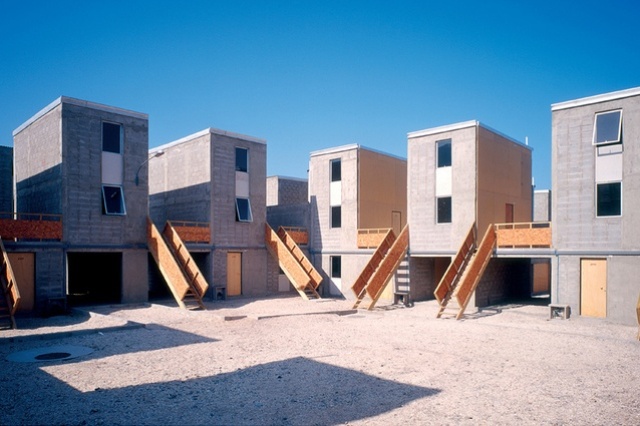
Not everyone is happy about this. Patrik Schumacher, business partner of Zaha Hadid, lobbed off a predictably outspoken critique of the prize immediately after it was announced. “The PC takeover of architecture is complete,” wrote Schumacher on Dezeen, “Pritzker Prize mutates into a prize for humanitarian work.” He argues that “architectural innovation is replaced by the demonstration of noble intentions and the discipline’s criteria of success and excellence dissolve in the vague do-good-feel-good pursuit of ‘social justice.’” Schumacher is basically complaining that the goal posts have moved. And in a way, I can’t help but feel sorry for the guy. He’s a man out of his time. He would have been right at home in the era of post-modernism or deconstructivism, when arguments over form and its meaning took centre stage, but today we have come to expect more than that from our architects.
The impulse to be genuinely useful is one that we should cultivate, encourage and celebrate. This impulse is a worthy ambition, but what does it actually mean in reality? How can architecture really be used to tackle the big issues facing our world? I spoke recently alongside the Dutch architect Herman Hertzberger to a group of students in Eindhoven. Now 83, Hertzberger is best known as one of the pioneers of Dutch Structuralism, and for his humanist approach to building places for people. He spoke at length about the global refugee crisis, and the obligations of architects to help address it. “We cannot talk about architecture – we cannot talk about anything – without thinking of migration. Migration is taking command, because it’s not only about war, but it’s also about climate change. Migration of large groups of people all over the world will be a key factor we have to think about.”
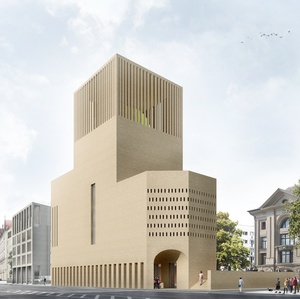
The students were eager to contribute, but had no idea where to start. This is understandable. How can architects get the opportunity to work for these refugees when our governments build fences, stop the boats, or detain them in offshore prisons? Framed in this way, the problem is insurmountable. What good is architecture in the face of these massive and complex political questions? But there is a more immediate issue at hand – one of empathy and understanding. If we as a public can empathise with these people, these families, these children, then it becomes politically impossible for our governments to continue their inhumane policies. This is a task that architecture is suited for. To build spaces that can act as bridges between “us” and “them.”
Perhaps paradoxically, in this age of religious conflict, Hertzberger looks back to religious buildings as offering a way forward. “Architecture began with churches, or mosques, or what have you. I am not religious, but these were the places where people came together, where rich and poor came together. They provided the opportunity to get close to somebody who was different to you. Society needs places for gathering.”
One project stands out on this front, as an effort to redefine the religious building as a place of empathy, understanding, and integration of diverse cultures. The House of One, proposed for Berlin, is a building for three religions, bringing a church, a synagogue and a mosque together under one roof. Designed by German architects Kuehn Malvezzi, it’s planned into three separate sections, with a large communal room in the centre “where worshippers and members of the public can come together and learn more about the religions and each other.” It’s an inspiring project. Watching the videos of the imam, the pastor and the rabbi involved in the project walking and talking about it with such enthusiasm, I felt a sense of optimism that somehow we can work it all out. The organisation is currently attempting to raise the estimated €100 million to build the scheme as designed, but are committed to building what they can if only €10 million can be found, just to see it through.
So, we have the precedents, we have the expertise, we have the critical praise, and now – with Aravena’s Pritzker – we even have the awards. What’s stopping us from using architecture to do good? Perhaps, as Stuart Harrison suggests, all it takes is courage.

